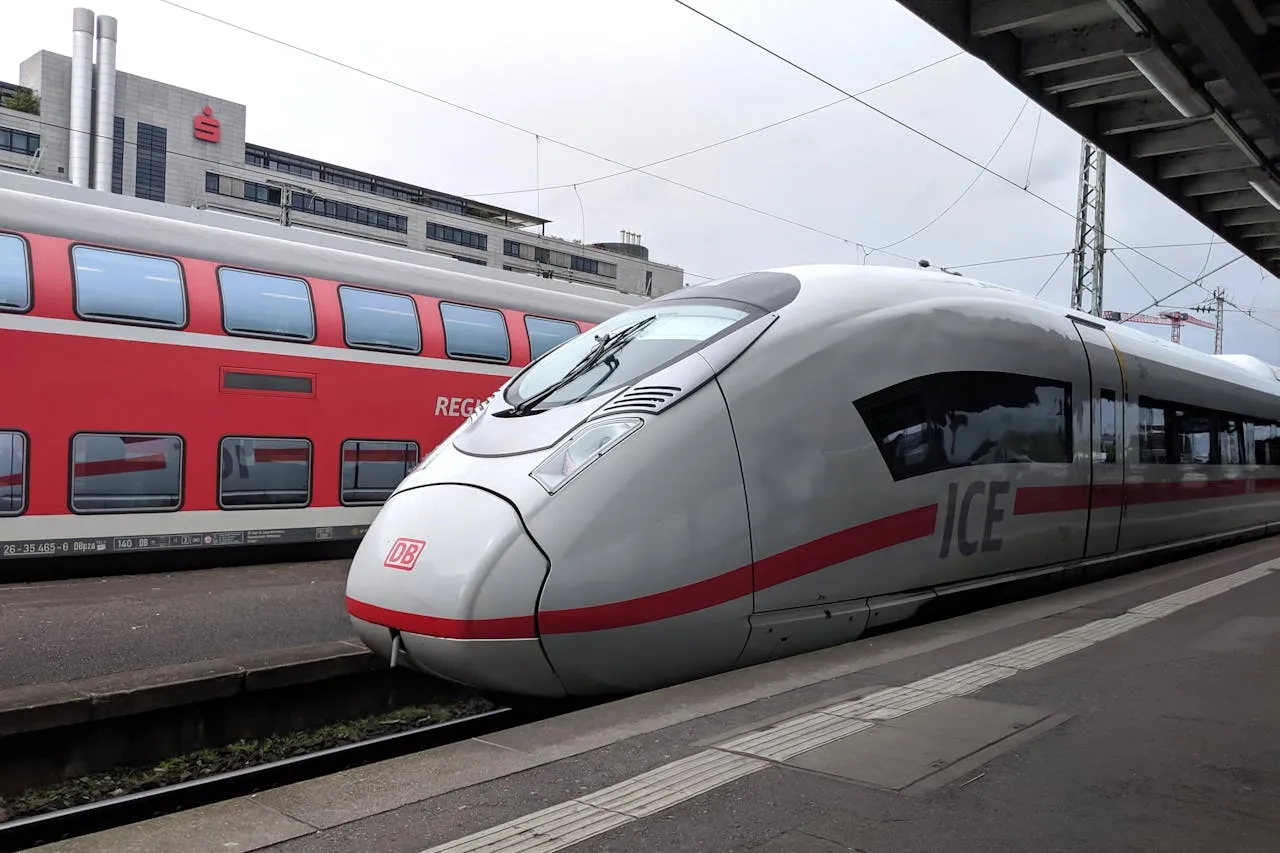
AtkinsRéalis & Cadence to Deliver Canada’s First High-Speed Train
AtkinsRéalis Group Inc., a global leader in engineering services and nuclear technology, has been selected by the Government of Canada as part of the Cadence consortium to serve as the preferred private development partner for the country’s first high-speed rail (HSR) project. The Cadence consortium, comprising CDPQ Infra, Keolis, SYSTRA, SNCF Voyageurs, and Air Canada, has signed an agreement with Alto, a Crown Corporation, to advance the co-development phase of this ambitious infrastructure initiative. This phase entails a significant investment of $3.9 billion over six years, marking a major step forward in Canada’s transportation evolution.
A Transformational Project for Canada
The high-speed rail project will connect Toronto and Quebec City, two of the country’s busiest metropolitan areas, providing a modern, efficient, and sustainable mode of transportation. As Canada’s first high-speed rail initiative, this project aligns the nation with other G7 countries that have successfully implemented HSR networks, enhancing connectivity, economic activity, and environmental sustainability.
Ian L. Edwards, President and Chief Executive Officer of AtkinsRéalis, emphasized the transformative nature of this endeavor:
“As the first high-speed rail link in the country, Canada will join other G7 nations in offering a world-class, convenient, comfortable, and safe option to transport people quickly and efficiently across the country’s busiest travel corridor. Our experience with some of the world’s most notable high-speed rail projects positions us well to deliver unparalleled expertise locally for this truly transformative project in Canada.”
A Collaborative Approach for Excellence
The co-development phase will adopt a collaborative methodology aimed at ensuring the highest quality and performance while maintaining transparency and effective risk and cost control. This approach is expected to enhance efficiency in project delivery while addressing key challenges such as environmental impact, urban integration, and stakeholder engagement.
The involvement of multiple global leaders in transportation infrastructure through the Cadence consortium will bring international best practices to the project. This collaboration ensures that Canada’s high-speed rail network benefits from proven expertise in design, development, and operations, minimizing potential obstacles and optimizing the project’s long-term success.
AtkinsRéalis: A Strong Canadian Presence and Global Expertise
As a proudly Canadian-headquartered company with a workforce of over 8,000 employees across the country, AtkinsRéalis has deep roots in Canada’s engineering and infrastructure sectors. The company’s history dates back 114 years, and its extensive portfolio spans Consulting, Strategy & Advisory, Engineering & Design, Procurement, Project & Program Management, Project Delivery & Construction Management, and Digital capabilities, including cybersecurity solutions.

AtkinsRéalis’ involvement in this high-speed rail project reinforces its role as one of Canada’s leading employers in the transportation infrastructure sector. The company has played key roles in some of the world’s most renowned high-speed rail initiatives, including the Guangzhou-Shenzhen-Hong Kong Express Rail Link and the HS2 project in the United Kingdom. This wealth of experience uniquely positions AtkinsRéalis to contribute world-class expertise to Canada’s ambitious HSR development.
Economic and Societal Benefits
Beyond its immediate impact on transportation, the high-speed rail project is expected to drive substantial socioeconomic benefits along the Toronto-Quebec City corridor.
Stéphanie Vaillancourt, President of AtkinsRéalis Canada, highlighted the far-reaching advantages of the project:
“The Cadence team will bring world-class know-how in the design, development, and operation of passenger transportation infrastructure. The socioeconomic benefits of this project along the critical Toronto–Quebec City corridor include higher productivity, increased economic growth, greater labor and student mobility to jobs and schools, reduced road congestion, and improved access to housing outside large urban areas. High-speed rail will also bring Canada closer together physically, and as a country.”
Among the anticipated benefits are:
- Increased Economic Growth: The project will stimulate local economies, create jobs, and attract investments in infrastructure and related industries.
- Enhanced Labor and Student Mobility: Efficient rail connections will enable workers and students to commute easily between key economic and educational hubs, strengthening regional development.
- Reduced Road Congestion: By offering a fast and reliable alternative to highway travel, high-speed rail can significantly alleviate traffic congestion and reduce reliance on personal vehicles.
- Environmental Sustainability: The shift from car and air travel to high-speed rail will contribute to a reduction in greenhouse gas emissions, supporting Canada’s climate goals.
- Improved Housing Accessibility: HSR will make it easier for individuals to live in more affordable areas outside major urban centers while maintaining access to jobs and services in metropolitan hubs.





